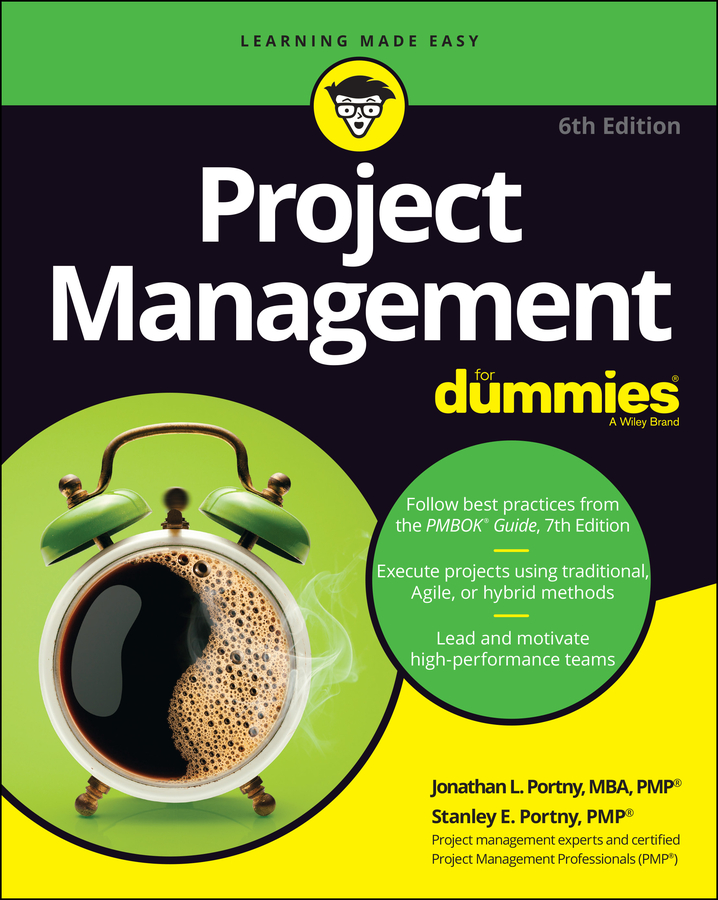There are two ways to create a budget for you project: bottom-up and top-down. You develop a top-down budget estimate by deciding how much you want the total project to cost and then dividing that total cost in the appropriate ratios among the lower-level WBS components until you’ve allocated amounts to all the work packages.
Suppose you plan to develop a new piece of equipment. You develop a bottom-up cost estimate that suggests the budget for each Level 2 component in your WBS should be as follows, with the total budget being determined by adding together the amounts to be $100,000:
Design: $60,000 (60 percent of the resulting total budget)
Development: $15,000 (15 percent of the resulting total budget)
Testing: $5,000 (5 percent of the resulting total budget)
Production: $20,000 (20 percent of the resulting total budget)
However, experience with similar projects suggests that approximately 40 percent of the total budget is typically devoted to design, not 60 percent, as you’ve developed using your bottom-up approach. In other words, the relative allocations of your total budget among the four major project phases aren’t in agreement with the amounts recommended from prior experience. Your numbers indicate that you’ve planned a design phase for a $150,000 project rather than a $100,000 project.
To fix this discrepancy, you have two options:
Try to scale down your design approach so that it can be implemented for $40,000.
Request an additional $50,000 for your project.
But whichever approach you choose, you can’t just arbitrarily change the numbers without specifying how you will perform the necessary work!

